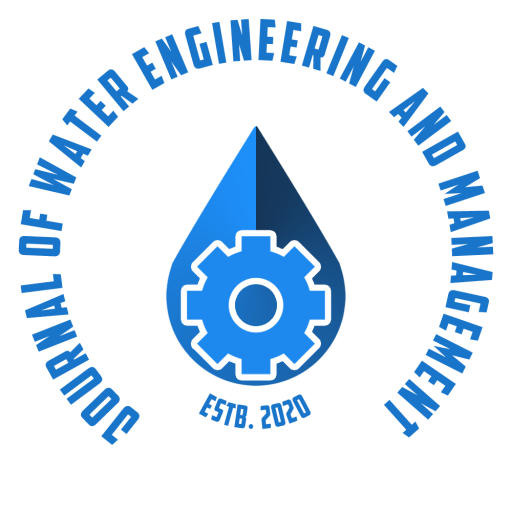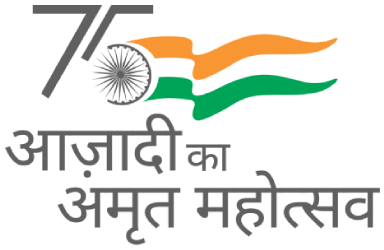Suresh Kumar 1 , Namita Lal 2 , Saroja Kumar Barik 3
1 Department of Zoology (Env.Sc.), Dr.Shyama Prasad Mukherjee University, Ranchi, Jharkhand
2 Department of Zoology, Dr. Shyama Prasad Mukherjee University, Ranchi, Jharkhand.
3 Department of Chemistry, KIIT University, Orissa, Corresponding author: Suresh Kumar, Email-
suresh_pace@rediffmail.com
Received July 17, 2022
Revised October 10, 2022
Accepted November 09, 2022
Published December 20, 2022
ABSTRACT
Across the globe, there are 107 countries and in India, 20 states and 4 Union territories have reported
arsenic-contaminated drinking water. Jharkhand is one of the Indian states in which nine districts
(approximately 37% districts), out of 24 districts have reported arsenic-contaminated drinking water as
reviewed in the different research papers. Almost, all 6 districts of the Santhal Paragana division of
Jharkhand viz. Sahibganj, Pakur, Godda, Dumka, Deoghar and Jamtara have reported arsenic
contamination in their drinking water and few districts of Chhotanagpur Plateau viz Giridih, Ranchi and
Hazaribagh have also reported the arsenic contamination in their drinking water. One affected district
(11% approximately) out of 9 districts in Jharkhand is in the Gangetic plain while 8 affected districts
(88% approximately) are plateau regions. The maximum concentration of arsenic is reported at 1.5, 0.2
and 1.2 mg/l in Sahebganj, Ranchi and Deoghar districts respectively which is more than the permissible
limit of World Health Organization(WHO) Standards (0.01mg/l) and the Bureau of Indian Standards
(0.01mg/l). The review study reveals that the arsenic contamination in Jharkhand is not only limited to the
Gangetic plain but also to the plateau region.
Keywords: Arsenic Contamination; Groundwater; Gangetic Plain; Plateau area; Santhal Paragana.
Request for Full Paper to ce@jweam.in

